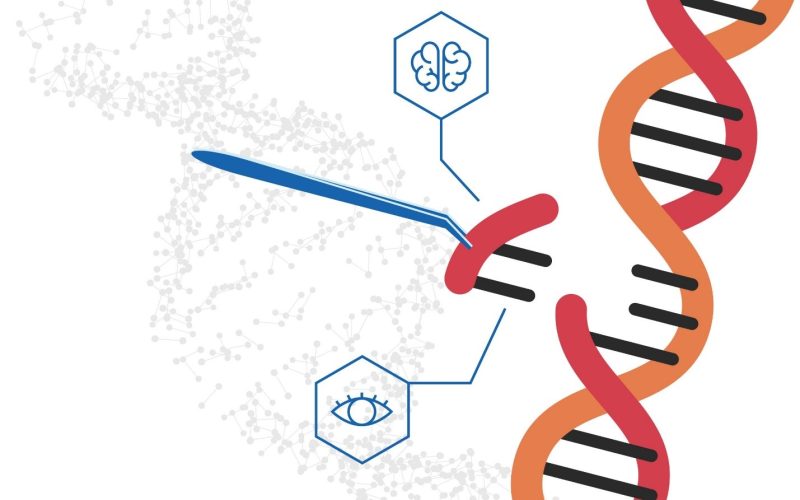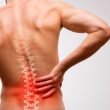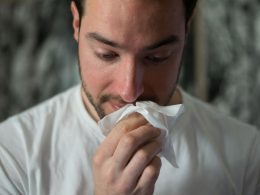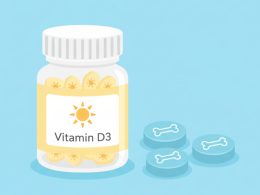Introduction
Dr. Sarah Thompson, a seasoned genetic researcher with over 20 years of experience in the field of gene therapy, has dedicated her career to finding innovative treatments for genetic disorders. Her latest work focuses on a revolutionary gene therapy that promises to bring new hope to patients suffering from muscular dystrophy. In this article, Dr. Thompson shares her insights and the potential impact of this groundbreaking therapy.
Understanding Muscular Dystrophy
Muscular dystrophy (MD) is a group of genetic disorders characterized by progressive muscle weakness and degeneration. There are several types of MD, each with its own unique set of symptoms and progression patterns. The most common types include Duchenne Muscular Dystrophy (DMD), Becker Muscular Dystrophy (BMD), Myotonic Dystrophy, and Limb-Girdle Muscular Dystrophy.
- Duchenne Muscular Dystrophy (DMD): Typically affects young boys and progresses rapidly, leading to severe disability and shortened lifespan.
- Becker Muscular Dystrophy (BMD): Similar to DMD but with a slower progression and later onset.
- Myotonic Dystrophy: Characterized by prolonged muscle contractions and affects multiple systems in the body.
- Limb-Girdle Muscular Dystrophy: Affects the muscles around the hips and shoulders, leading to difficulties in movement.
Patients with MD often face significant challenges, including loss of mobility, respiratory issues, and cardiac complications. The impact on their quality of life is profound, making the search for effective treatments crucial.
The Science Behind Gene Therapy
Gene therapy involves modifying or replacing defective genes to treat or prevent diseases. The process typically uses vectors, often viruses, to deliver the correct gene into the patient’s cells. There are several techniques used in gene therapy:
- CRISPR-Cas9: A revolutionary gene-editing tool that allows precise modifications to the DNA.
- Viral Vectors: Modified viruses that can deliver therapeutic genes to the patient’s cells.
- Exon Skipping: A technique that allows cells to skip over faulty parts of a gene, producing a functional protein.
Gene therapy aims to address the root cause of genetic disorders by correcting the underlying genetic defects. This approach has shown great promise in preclinical and clinical studies for various genetic diseases, including muscular dystrophy.
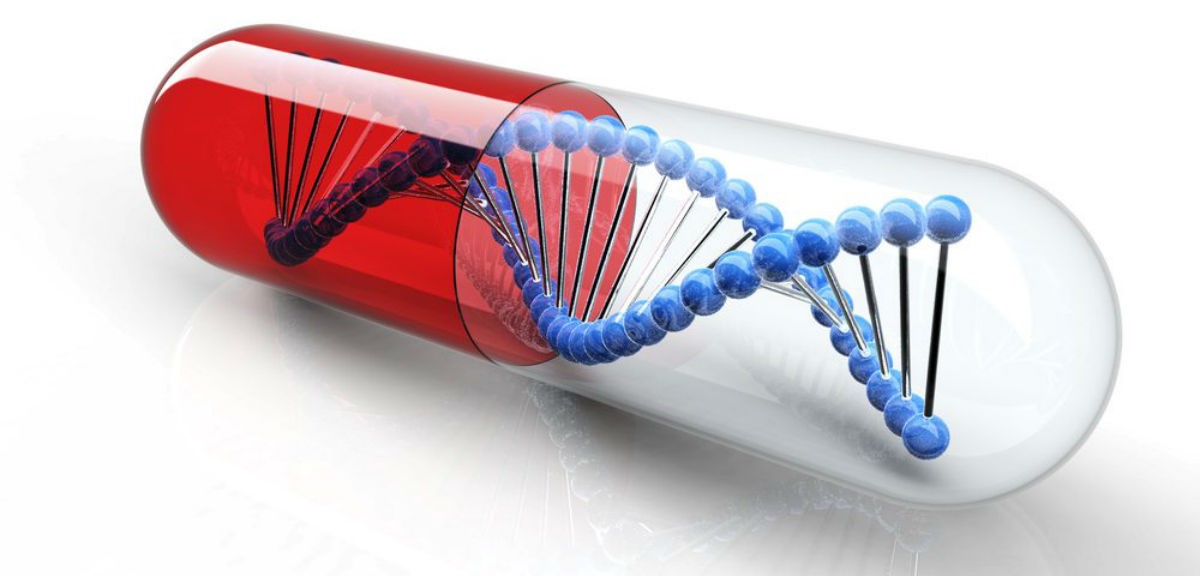
3. Breakthroughs in Gene Therapy for Muscular Dystrophy
Recent advancements in gene therapy have shown promising results in treating muscular dystrophy. Notable breakthroughs include:
- Successful Clinical Trials: Several clinical trials have demonstrated the safety and efficacy of gene therapy in patients with DMD and BMD. These trials have shown improvements in muscle strength and function.
- New Techniques: Innovations such as CRISPR-Cas9 and exon skipping have opened new avenues for treating MD. These techniques offer the potential for more precise and effective treatments.
- Long-Term Benefits: Early results suggest that gene therapy can provide long-lasting benefits, reducing the need for ongoing treatments and improving the quality of life for patients.
These breakthroughs represent a significant step forward in the fight against muscular dystrophy, offering hope to patients and their families.
Patient Stories: Real-Life Impact
Meet some of the patients who have undergone gene therapy for muscular dystrophy and hear their inspiring stories:
- John’s Journey: Diagnosed with DMD at a young age, John faced numerous challenges. After participating in a gene therapy trial, he experienced significant improvements in muscle strength and mobility. John’s story is a testament to the potential of gene therapy to transform lives.
- Emily’s Experience: Emily, a patient with BMD, saw remarkable progress after receiving gene therapy. Her improved muscle function has allowed her to regain independence and pursue her passions.
- Michael’s Miracle: Michael’s battle with Myotonic Dystrophy was fraught with difficulties. Gene therapy has given him a new lease on life, reducing symptoms and enhancing his overall well-being.
These stories highlight the real-life impact of gene therapy, offering hope and encouragement to others facing similar challenges.

The Role of Medical Professionals and Caregivers
Medical professionals and caregivers play a crucial role in the treatment and support of muscular dystrophy patients. Their responsibilities include:
- Diagnosis and Monitoring: Early diagnosis and regular monitoring are essential for managing MD effectively.
- Multidisciplinary Approach: A team of specialists, including neurologists, cardiologists, and physical therapists, work together to provide comprehensive care.
- Support and Education: Caregivers provide physical and emotional support, helping patients navigate the challenges of MD. Education and training are vital for caregivers to offer the best possible care.
Gene therapy can enhance patient care by providing a more effective treatment option, reducing the burden on caregivers, and improving patient outcomes.
Picture by: Yandex.com
Future Prospects and Challenges
While gene therapy offers great promise, there are still challenges to overcome:
- Funding and Accessibility: Ensuring that gene therapy is accessible to all patients requires significant funding and resources.
- Long-Term Efficacy: Ongoing research is needed to understand the long-term effects and potential risks of gene therapy.
- Regulatory Hurdles: Navigating the regulatory landscape to bring gene therapy to market can be complex and time-consuming.
Despite these challenges, the future prospects of gene therapy for muscular dystrophy are bright. Continued research, support, and collaboration are essential to realize the full potential of this revolutionary treatment.
Informative Table
Key Points Details
Types of Muscular Dystrophy Duchenne, Becker, Myotonic, Limb-Girdle, etc.
Symptoms Muscle weakness, difficulty walking, respiratory issues, etc.
Gene Therapy Techniques CRISPR, viral vectors, exon skipping, etc.
Clinical Trials Phase I, II, and III trials showing positive results
Patient Stories Improved mobility, reduced symptoms, enhanced quality of life
Role of Caregivers Providing physical and emotional support, coordinating care
Future Challenges Funding, accessibility, long-term efficacy
Benefit Traditional Gene Therapy
Approach Symptom management Root cause targeting
Effectiveness Limited improvement Significant improvement
Side Effects Medication side effects Minimal side effects
Duration Ongoing treatment Potentially one-time treatment
Cost High long-term cost High initial cost, potential savings long-term
Conclusion
Gene therapy represents a beacon of hope for muscular dystrophy patients and their families. With continued research and support, this revolutionary treatment has the potential to transform lives and offer a brighter future for those affected by this debilitating condition.






